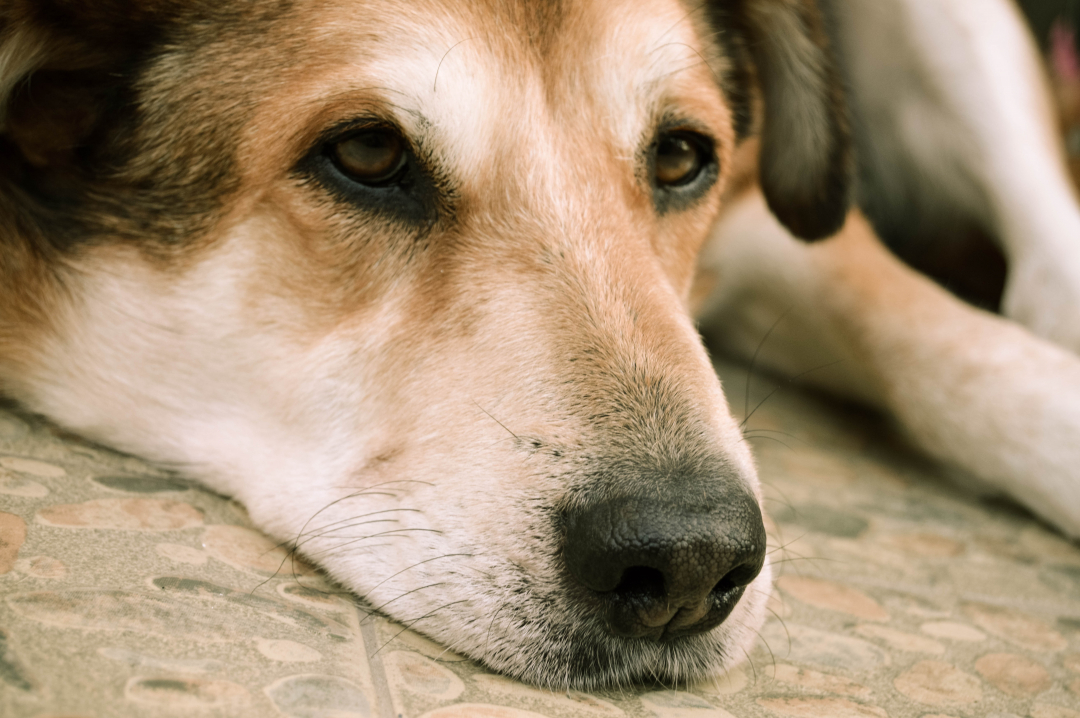
If it were up to you, you’d spend every moment with your beloved pooch. After all, quality time with your dog has been proven to increase happiness levels, reduce stress, help you feel less lonely, and give you a positive outlook on life. What’s more, your dog loves having you around as much as you do. Indeed, being left alone for too long can lead to separation anxiety in dogs.
One happy consequence of the COVID-19 pandemic was that many people were working from home. As a result, many dogs got to spend a great deal more time with their owners.
But now that life is back to normal, this is simply not possible for most people. Work, family responsibilities, and errands force nearly everyone to spend at least a few hours a day away from their pet. This can lead to separation anxiety in dogs, especially after they’ve got used to having their owners around for the whole day. Many dogs have in fact become over-dependent during the pandemic.
If you think your dog may be having separation anxiety, please keep reading. The following tips will help you understand how to deal with separation anxiety in dogs.
It’s difficult to generalize because every dog is different with different needs. However, dog experts agree that every dog needs at least 1-2 hours of dedicated time with their owners to maintain a strong bond. This doggy time can include playtime, walks, exercise, grooming, training, and feeding spread throughout the day. Experts also advise that dogs should not spend more than 8 continuous hours alone in a 24-hour period.
Some dog breeds are inherently more independent than others. These dogs usually do well even if they’re left alone for several hours every day, for example, while their owners go off to school and jobs.
However, there are certain dog breeds that are more prone than others to separation anxiety. Research has shown that separation anxiety in dogs is most common in:
Sometimes well-adjusted dogs can develop separation anxiety. This is commonly triggered by changes in routine. For example, if the owner takes up a new job that requires spending longer hours away from home. Separation anxiety in dogs can also be triggered by a change in family (if a dog is given up for adoption) or a move to a new residence where the dog is left alone is unfamiliar surroundings.
The American Society for the Prevention of Cruelty to Animals (ASPCA) says that separation anxiety in dogs can manifest as disruptive and destructive behaviors, including but not limited to:
Many people acquired new pets when they were housebound during the pandemic lockdowns. It seemed like the perfect opportunity to get a pet, and indeed, dogs were the most popular new acquisitions according to some surveys. However, once life went back to normal, many new pet owners were unsure about what to do to ensure their pet’s welfare.
Also, dogs acquired during the pandemic had fewer human visitors and interactions with other dogs. As a result, many dogs did not receive proper early socialization during puppyhood, leading to behavioral problems.
Additionally, many dogs were suddenly exposed to more handling by children and adults during the lockdowns. This triggered undesirable behaviors like nipping, growling, snapping, and biting in some pooches.
Another commonly reported post-pandemic change in behavior is separation anxiety in dogs. As people have gone back to working from offices and schools have opened again, many dogs have found it particularly challenging to get used to spending several hours a day alone.
If you’re anticipating spending more time away from home after being around during the pandemic lockdowns, it’s important to start preparing your dog for the change. Remember, it can be a stressful time for your pet. There are several things you can do to keep your dog busy while you’re away.
You may even have to take some preventive measures like placing baby gates to keep your dogs out of trouble or prevent them from escaping.
It's important that you gradually increase the amount of time your dog is separated from family members. You can also try and associate time spent alone with something positive, such as a long-lasting treat.
If you notice signs of separation anxiety in your dog, try to shorten the amount of time you’re away from home. Experts advise against using quick fixes like anti-barking collars. Also, scolding or punishing your dog could actually make the problem worse.
With time, your dog can learn to be relaxed when you’re away. However, you need a little patience and effort to ensure that alone time is not stressful for your dog. Keep in mind that identifying and treating separation anxiety in dogs early can prevent more serious behavioral problems later on.
02 September, 2022